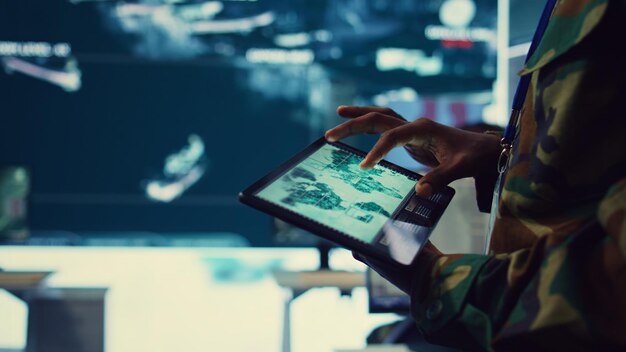
Sponsored article
Incorporating VTOL drone technology into search and rescue operations has the potential to transform the field dramatically. With their ability to access hard-to-reach areas and perform rapid deployments, these drones are revolutionizing how rescue teams respond to emergencies. Equipped with advanced technological features like thermal imaging and real-time data transmission, VTOL drones not only increase the efficiency of search and rescue missions but also enhance the safety and effectiveness of rescue teams.
VTOL drones offer significant advantages in rescue missions, primarily due to their ability to take off and land vertically, making them an invaluable asset for rapid deployment in emergency situations. Traditional rescue vehicles often require large, open spaces for landing and taking off, which can delay response times in critical moments. In contrast, VTOL drones can operate efficiently without the need for extensive runways, allowing them to be deployed quickly in urgent scenarios. This rapid deployment capability ensures that valuable time is saved, potentially making the difference between life and death during rescue missions.
An additional advantage of VTOL drones is their ability to access difficult terrains that are otherwise hard to reach with conventional vehicles. Mountainous regions, dense forests, and areas affected by natural disasters often pose significant challenges for ground vehicles and conventional aircraft. VTOL drones, as an advanced form of unmanned aircraft systems, can navigate these challenging environments with ease, providing indispensable support to search and rescue teams by delivering real-time data and situational awareness, ultimately enhancing the effectiveness of rescue missions.
In the realm of search and rescue operations, the technological features of VTOL drones have transformed how missions are conducted, offering unprecedented capabilities that traditional methods cannot match. Incorporating advanced components such as thermal imaging cameras, these drones can effectively locate individuals in distress by detecting body heat, even in the most challenging environments like dense forests or rugged terrains. This capability is crucial during nighttime operations or in adverse weather conditions when visibility is severely compromised. Additionally, the integration of LiDAR systems further enhances the ability of VTOL drones to create highly accurate 3D maps of affected areas, allowing rescuers to better plan their approaches and rapidly assess the situation. Such state-of-the-art technology ensures that search teams are not operating blindly in complex scenarios.
Moreover, the inclusion of real-time data transmission in VTOL drones allows for immediate communication with rescue teams, delivering vital information that aids in decision-making processes. This instantaneous exchange of data helps eliminate delays, ensuring that support is provided to the right location as quickly as possible. The synergy of these technological features in VTOL drones not only speeds up the search process but also increases the likelihood of successful rescues, ultimately saving more lives. As these drones continue to evolve, their contributions to search and rescue operations are set to grow, promising even greater efficiency and efficacy in future missions.
The impact of VTOL drone technology on the safety and effectiveness of rescue teams is profound, as these advanced devices redefine the approach to search and rescue operations. By integrating VTOL drones, rescue teams can significantly enhance their operational safety and effectiveness, as these drones play a critical role in risk reduction and mission success. VTOL drones are capable of high maneuverability and can rapidly cover large and difficult terrains, providing real-time aerial views that help rescue teams assess and navigate dangerous environments with precision. This capability reduces the exposure of rescue personnel to hazardous conditions, as teams can rely on drone surveillance to gather critical intelligence, plan strategic entries, and avoid entering precarious situations without corroborative data.
Moreover, VTOL drones dramatically increase the speed of operations, which is essential in rescue missions where every second counts. Their ability to reach isolated areas quickly enables faster location and assessment of victims, improving the probability of successful rescues while minimizing time loss and potential setbacks. The coordinated use of VTOL drones means rescue teams are better equipped to handle complex scenarios efficiently, enhancing operational outcomes through informed decision-making and swift action. Altogether, the deployment of VTOL drone technology represents a transformative development that bolsters the safety and effectiveness of rescue operations by substantially reducing risks and optimizing the logistics of life-saving missions.